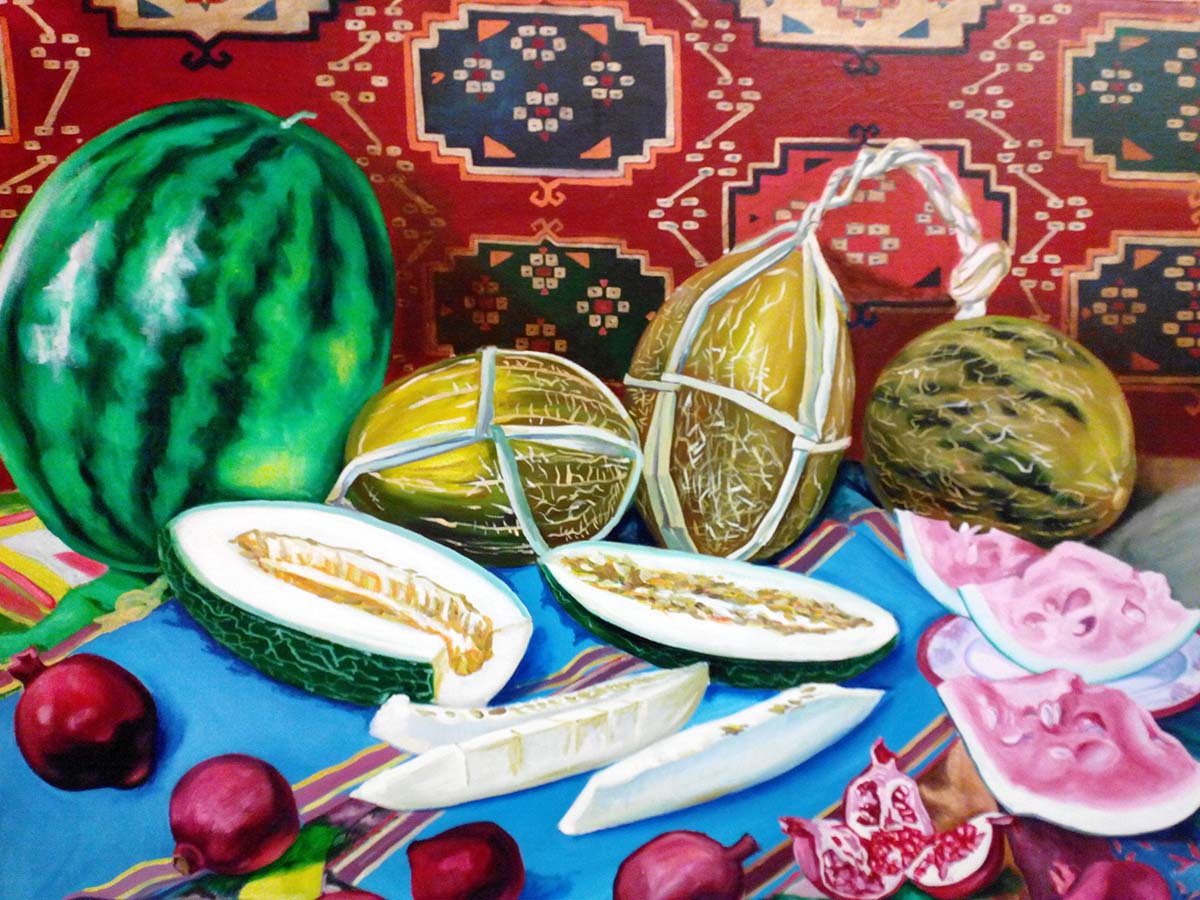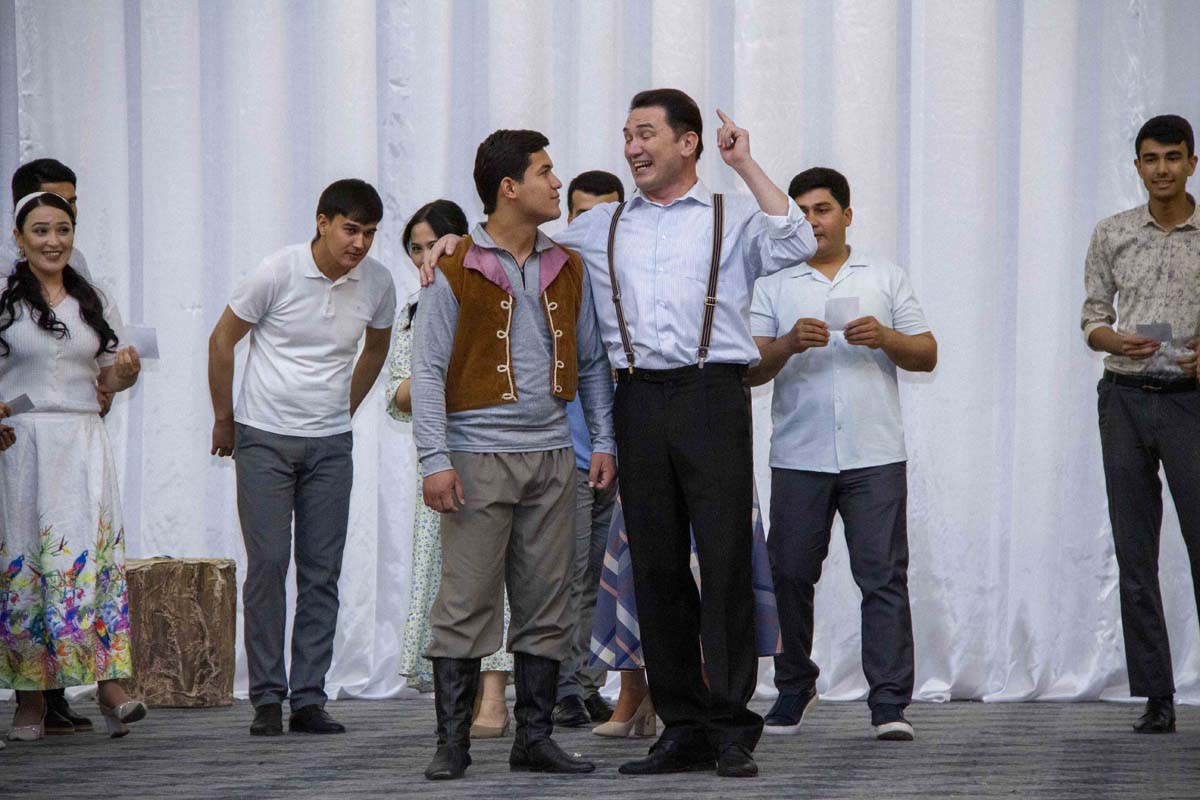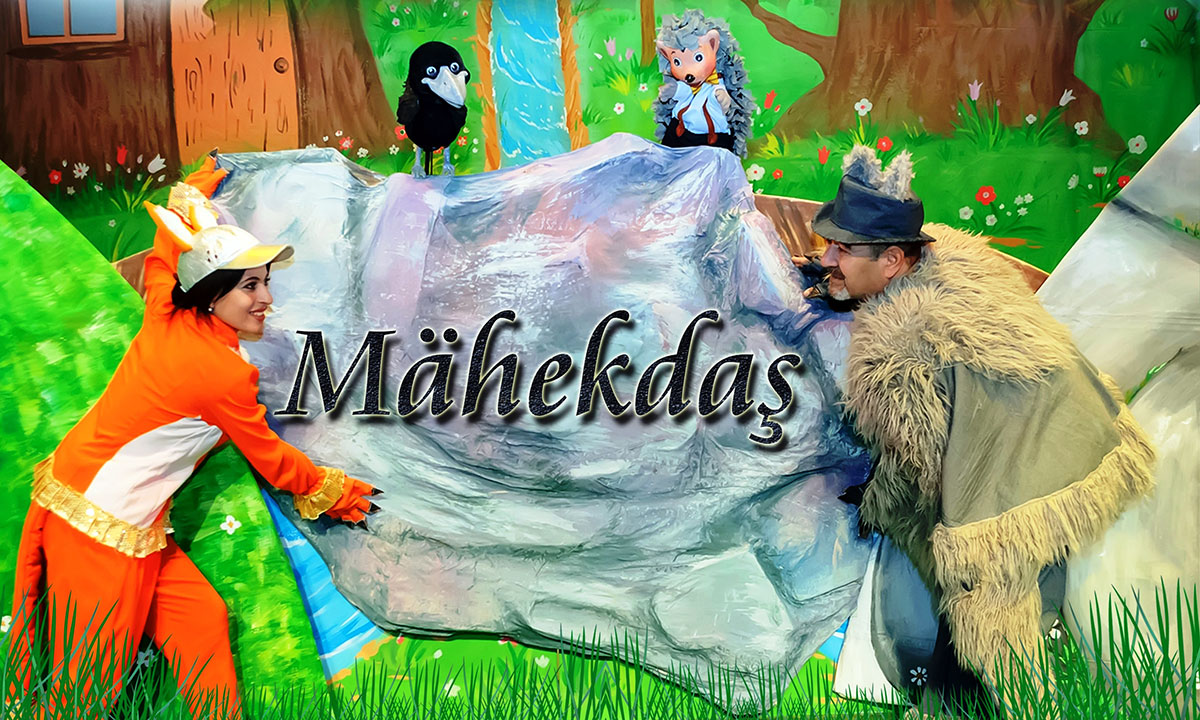Thirty paintings of the famous painter Merdan Kakabayev were added in the holdings of the local history museum of Dashoguz velayat. These paintings the painter provided as a present to the cultural institution on the occasion of the 30th anniversary of independence of Turkmenistan.
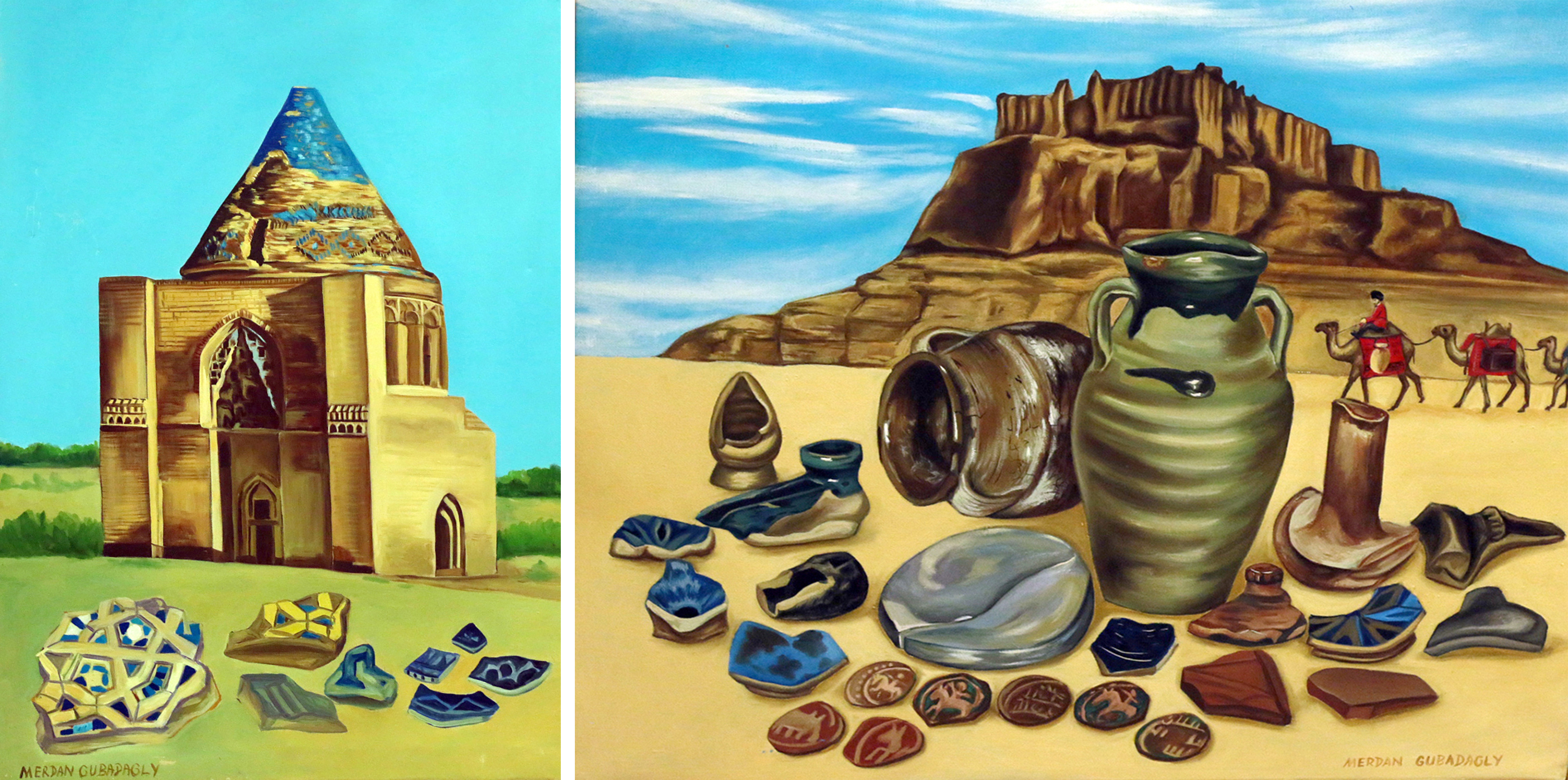
Among the great pieces of work are the portents of the famous cultural figures, still lifes, landscapes, reflecting all the unique beauty of the Turkmen nature. It should be noted that the theme of the Motherland invariably dominates in the work of Merdan Kakabaev. In the expositions of the museum in different years, many of his paintings were exhibited, depicting the generous gifts of the gardens and fields of the Turkmen land or unique architectural monuments located in the north of Turkmenistan.
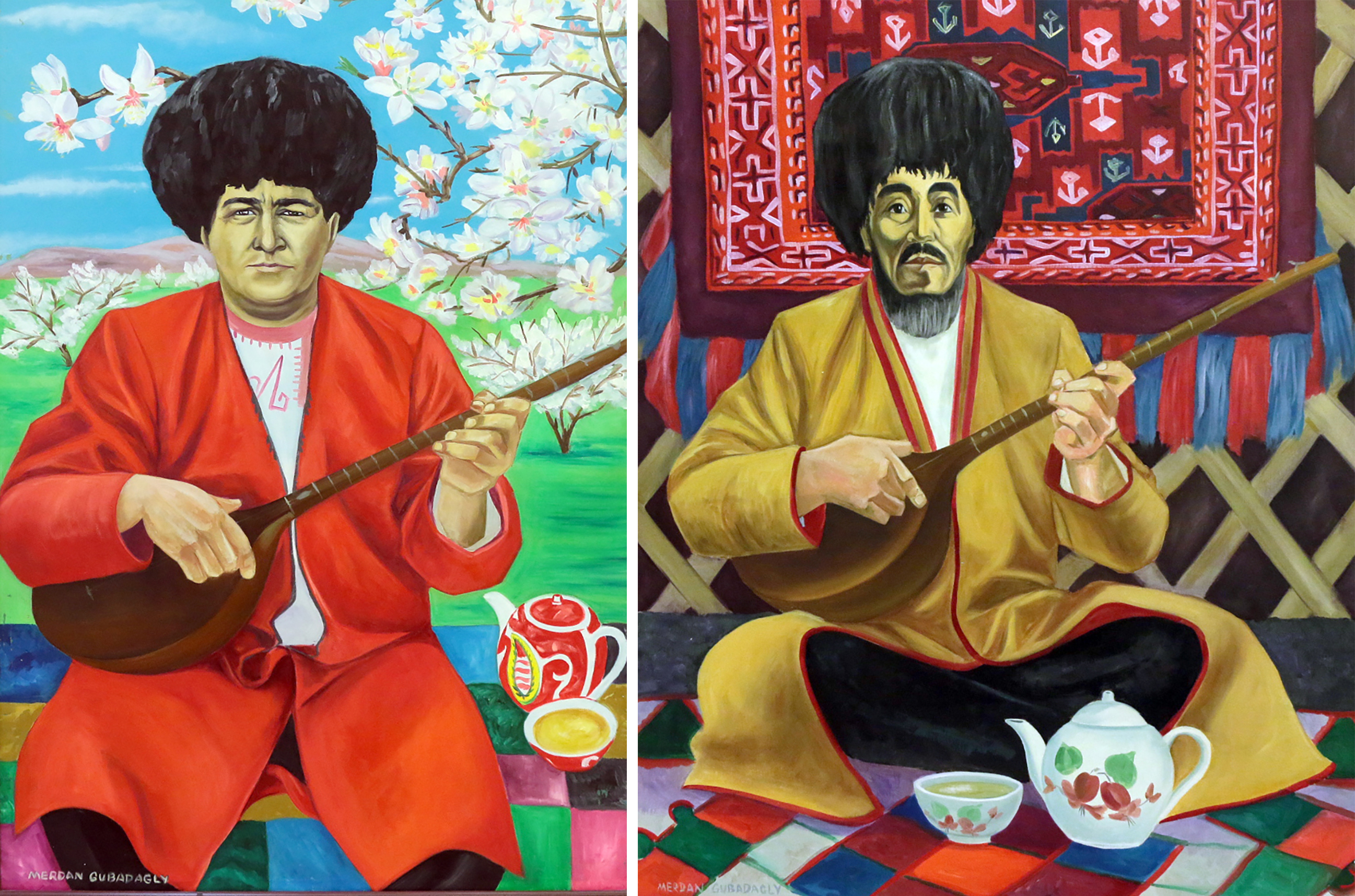
The works of the talented painter from Gubadag etrap, at present working in the capital, are known far beyond the borders of the region, many of them were exhibited in the State Museum of Fine Arts of Turkmenistan and in the Ashgabat Exhibition Center of the Union of Artists of Turkmenistan. Earlier, Merdan Kakabaev also donated to the local history museum of the Dashoguz velayat a cycle of six portraits of the famous bakhshi people he had written.
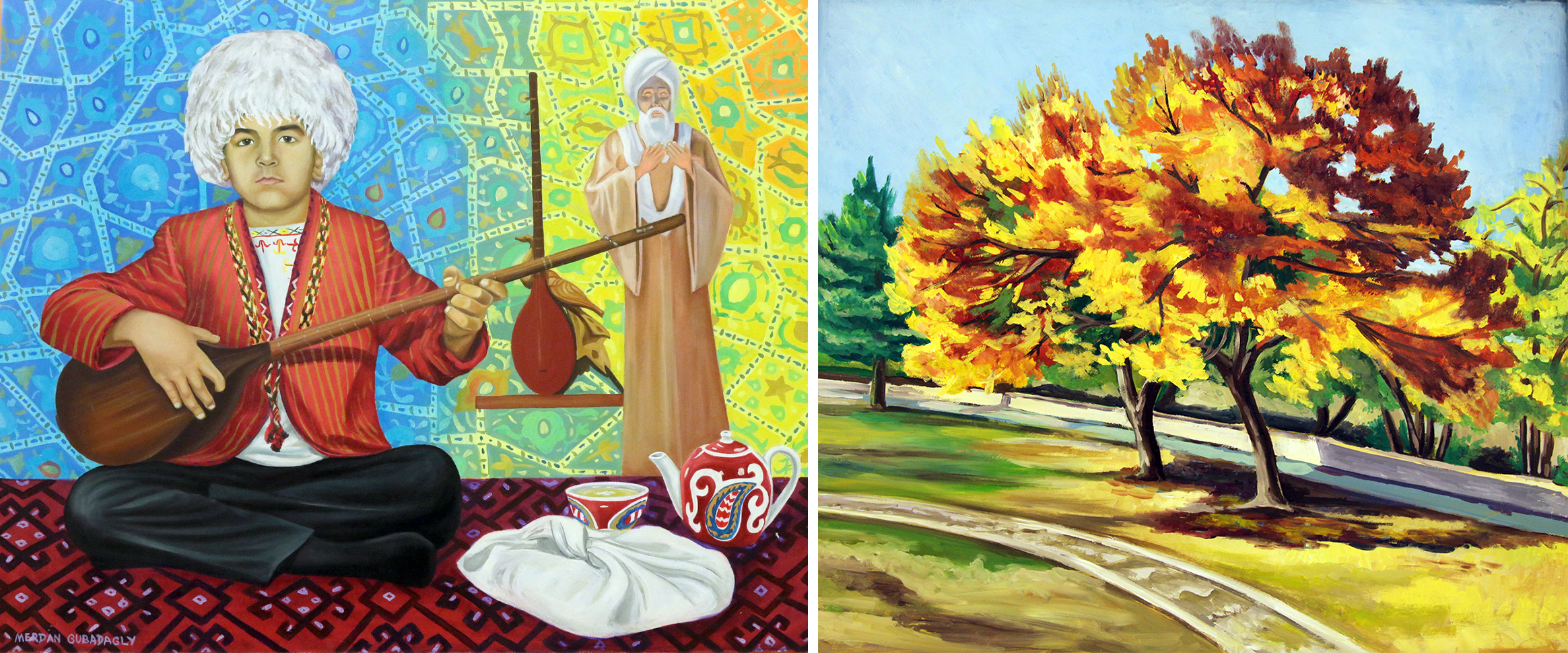
The local history museum of Dashoguz velayat is a modern social and cultural facility, where all conditions have been created for storing, displaying unique exhibits, conducting scientific research and restoration work. Archaeological and ethnographic expositions, expositions of nature and fine arts, as well as an exposition talking about the current achievements and new buildings of the velayat are constantly working here.
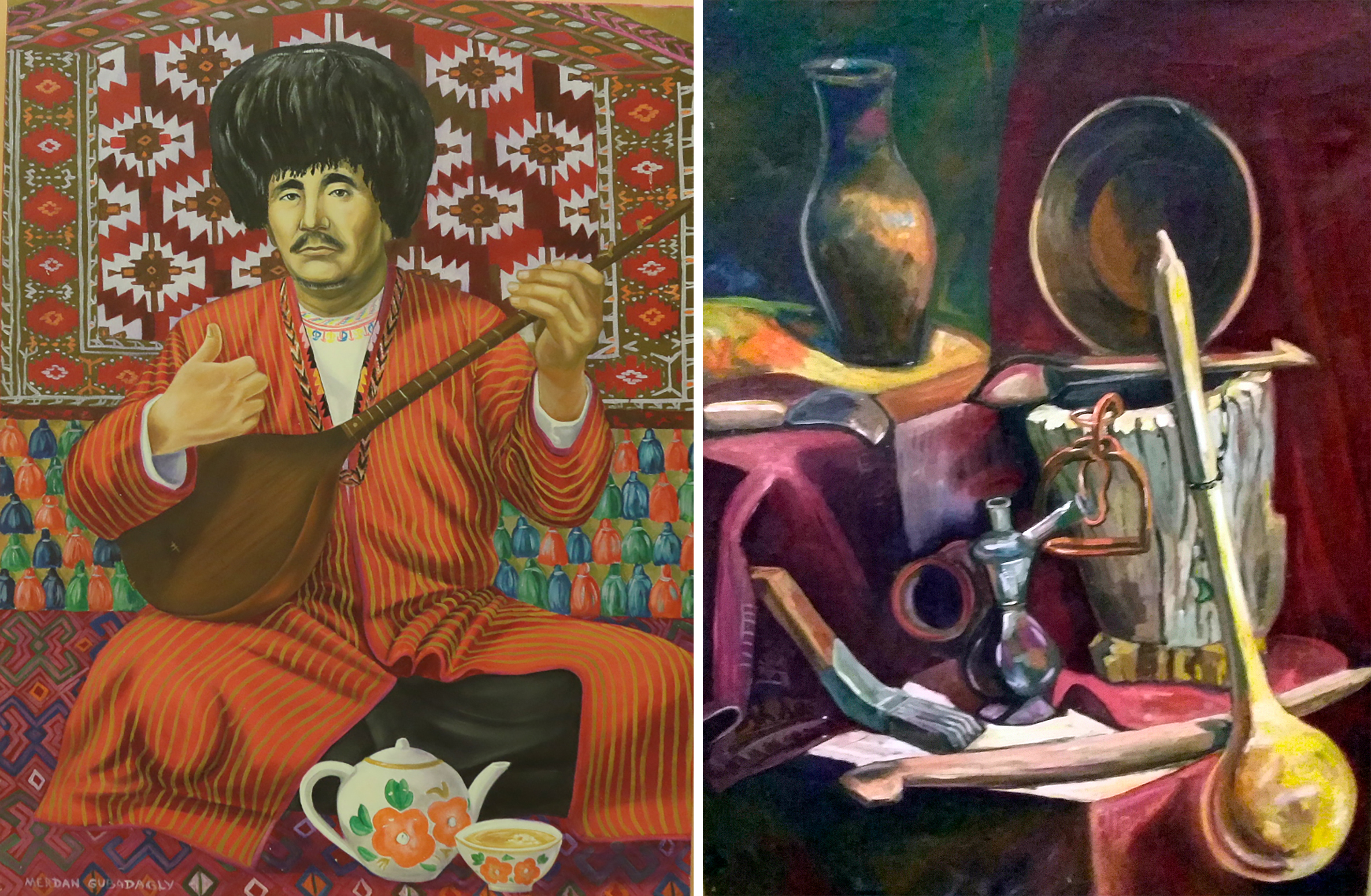
Today, in the holdings of the museum, there are more than eleven thousand exhibits related to the history, culture and art of the Turkmen people. These are archaeological finds, old clothes, magnificent carpets, jewelry, household utensils, documents on the history of the region and much more. Some of them were donated to the museum by the inhabitants of the region at no cost.




